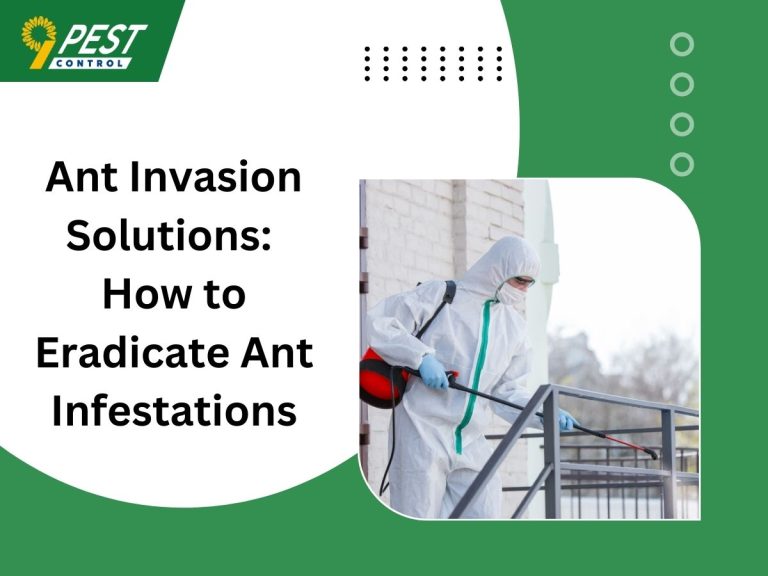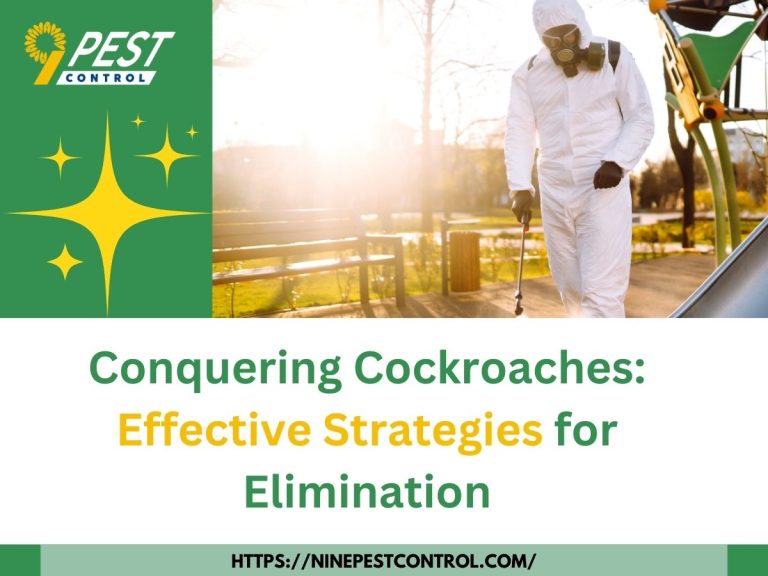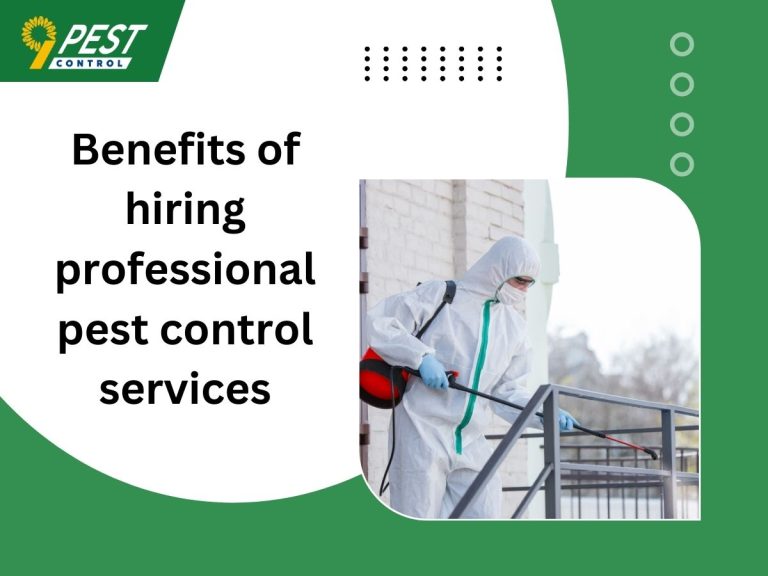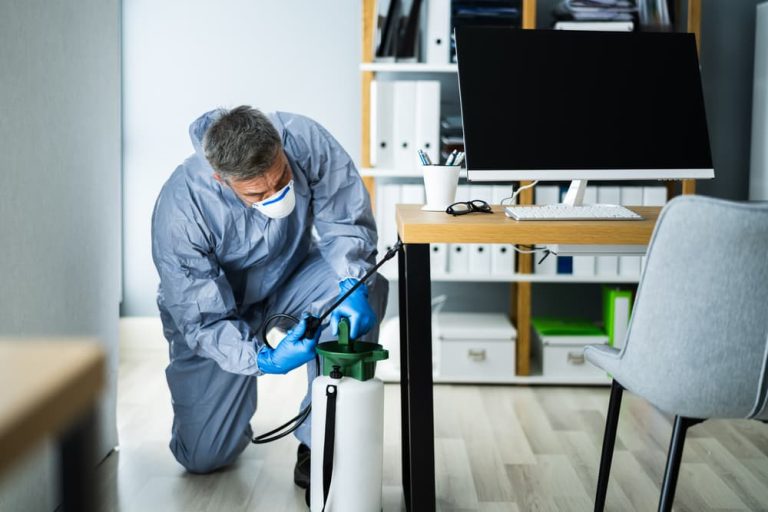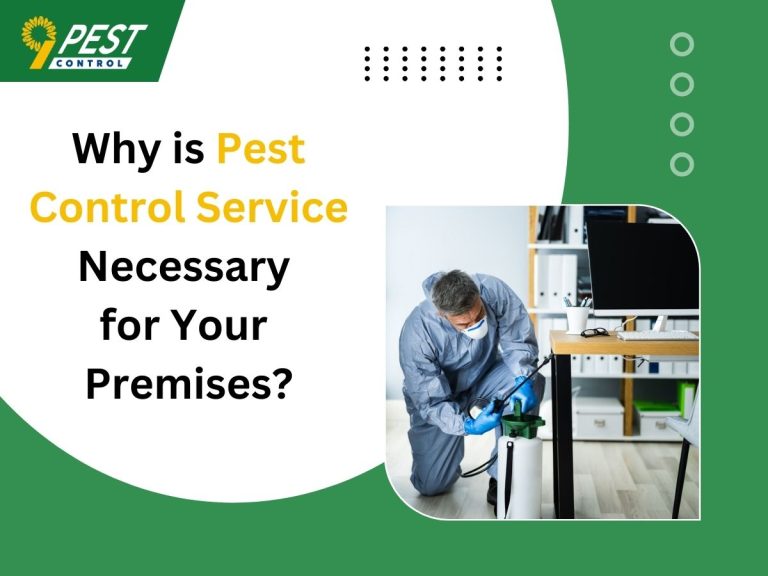What are the Safety Guidelines for Pest Control?
Safety is essential when dealing with pests. At Nine Pest Control, we understand the risks associated with exposure to pesticides. That’s why we focus on safe pesticide application and provide training programs to ensure proper equipment use. Understanding the active ingredients and the ingredient statement on pesticide labels is crucial to minimizing risks.
We strictly follow pesticide regulations to reduce pesticide residue and keep your environment safe. Plus, we offer expert advice on cleanup materials to handle any accidents or spills. At Nine Pest Control, we help you control pests effectively while prioritizing safety. Let us guide you through safe practices to protect your home, family, and the environment.
Why Is Safety in Pest Control So Important?
Pest control involves using substances and techniques to eliminate pests like insects, rodents, and other unwanted creatures. However, improper pest control can pose serious health risks to humans and pets, and it may even damage the environment. The potential hazards include:
- Exposure to harmful chemicals
- Children or pets may accidentally ingest this product.
- Environmental contamination
- Respiratory issues from fumes
Knowing the safety measures is crucial for reducing these risks while keeping your space pest-free.
Understanding Pest Control Products: Know What You’re Using
Before you reach for that can of bug spray, it’s essential to understand the products you’re using. Not all pest control chemicals are created equal. Some are much more hazardous than others, and some may not even be effective for your target pest.
Types of Pest Control Products
- Chemical Pesticides: These are the most common pest control agents and can be highly effective. However, they often come with risks like chemical burns, poisoning, and respiratory issues.
- Biological Control Agents: These use natural enemies like parasites or predators to control pest populations. While safer for the environment, they require a more controlled and knowledgeable approach.
- Mechanical Pest Control: This involves physical methods like traps and barriers. It’s generally the safest option but may not always be effective for larger infestations.
Always read the label before use and follow the instructions exactly to avoid misuse.
Proper Storage and Disposal: Avoid Long-Term Hazards
When it comes to pesticides and other pest control products, storage and disposal are critical for preventing long-term hazards. Improper storage can lead to accidental poisoning or environmental contamination, while incorrect disposal may harm wildlife and groundwater.
Key Storage Tips:
- Keep all products out of reach of pets and children.
- Store in a cool, dry place away from food, water, and direct sunlight.
- Make sure to tightly seal and clearly label containers.
Disposal Guidelines:
- Never pour chemicals down the drain, toilet, or into the garden.
- Follow local disposal guidelines for hazardous waste.
- Rinse empty containers thoroughly and dispose of them according to regulations.
“Proper storage and disposal of pest control products are just as important as their application,” says a pest control expert, John Simmons. “You’re protecting your family and pets, your neighbours, and the environment.”
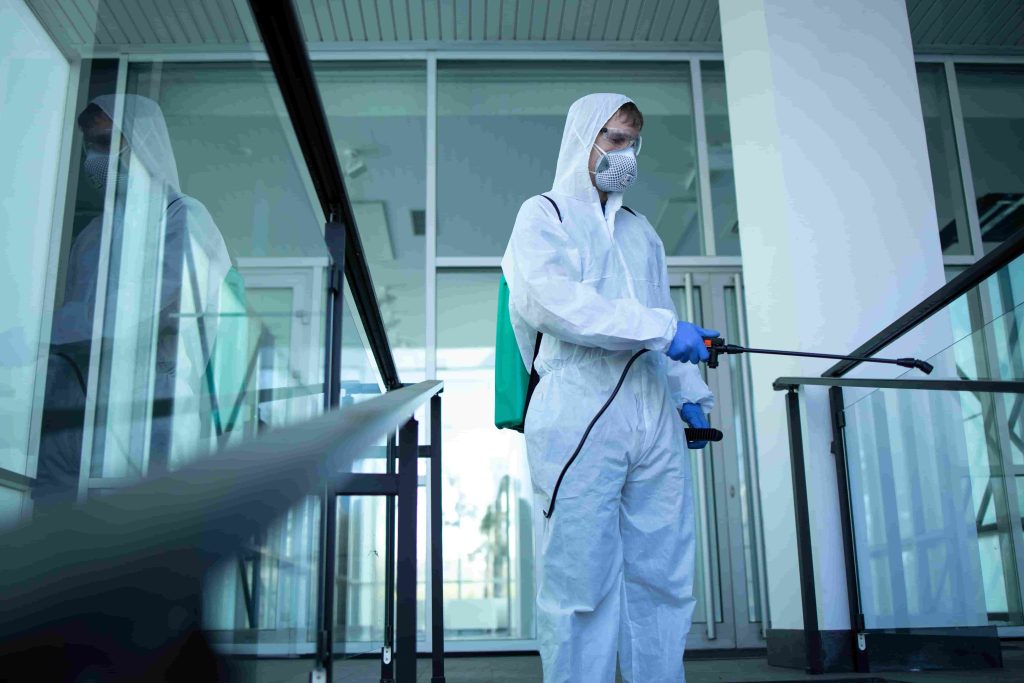
Personal Protective Equipment (PPE): Your First Line of Defense
Whenever handling chemicals or even setting up traps, wearing the right Personal Protective Equipment (PPE) is essential. Without it, you risk direct exposure to harmful substances that can lead to skin irritations, respiratory problems, or more severe health issues.
Essential PPE for Pest Control
- Gloves
- Masks/Respirators
- Safety Goggles
- Long-Sleeved Clothing
- Face Shields
- Boots
- Protective Coveralls
- Chemical-Resistant Apron
- Ear Protection (if using loud equipment)
- Hard Hats (for overhead hazards)
- Shoe Covers
How Can You Ensure Pet and Child Safety During Pest Control?
Children and pets are particularly vulnerable during pest control treatments as they may not recognize the dangers of chemicals or traps. To keep them safe, it’s important to take extra precautions before, during, and after the pest control process.
- What Should You Do Before Pest Control Treatments?
Always remove children and pets from the areas that are being treated, as directed by the product label. Make sure they stay away until it is safe for them to return. - Are There Pet-Safe or Child-Safe Pest Control Options?
Look for pest control products that are specifically designed to minimize risks to children and animals. Many products are labelled as pet-safe or child-safe. - How Can You Prevent Accidental Exposure?
Block off treated areas using physical barriers to prevent children and pets from entering until it is safe.
How Can You Protect the Environment During Pest Control?
Using pest control treatments carelessly can harm the environment, leading to chemical runoff that contaminates waterways, harms wildlife, or damages vegetation. Responsible pest control protects both your home and the environment.
- What Eco-Friendly Alternatives Are Available?
- Organic Pesticides: These pesticides are made from natural ingredients and carry fewer environmental risks.
- What Is Integrated Pest Management (IPM)?
IPM combines multiple methods, such as biological controls, mechanical barriers, and careful chemical use, to reduce reliance on harmful pesticides. - How Can Physical Barriers Help?
Sealing entry points and using traps can significantly reduce or even eliminate the need for chemical treatments.
- Organic Pesticides: These pesticides are made from natural ingredients and carry fewer environmental risks.
By opting for environmentally friendly pest control methods, you will protect your home and help preserve the local ecosystem.
The Role of Professional Pest Control Services
While many people opt for DIY pest control, certain situations require professional intervention. A professional pest control service may be your safest and most effective option if you’re dealing with large infestations or specific pests like termites or bed bugs.
When Should You Call a Professional?
- Expert Knowledge: At Nine Pest Control, our professionals have in-depth knowledge of pest behaviour and safe control methods, ensuring effective results without unnecessary risks.
- Customized Solutions: We assess your pest issue and tailor a treatment plan that suits your home or business, offering long-term prevention.
- Safe Pesticide Use: Our team uses the safest products and follows strict guidelines to minimize pesticide exposure, protecting your family and pets.
- Regulatory Compliance: Nine Pest Control ensures all treatments follow local pesticide regulations and industry standards, giving you peace of mind.
How Can You Stay Safe While Controlling Pests?
Now that we’ve explored the essential safety guidelines for pest control, the question remains: How can you best protect your home, your family, and the environment while eliminating pests? The answer lies in preparation, understanding the products you’re using, and knowing when to call in the professionals.
Whether you choose DIY methods or hire a service, the ultimate goal is the same—effective pest control with minimal risks. By following these safety guidelines, you can achieve a pest-free environment without compromising your health or the safety of those around you. Contact us today to book your pest control service.


